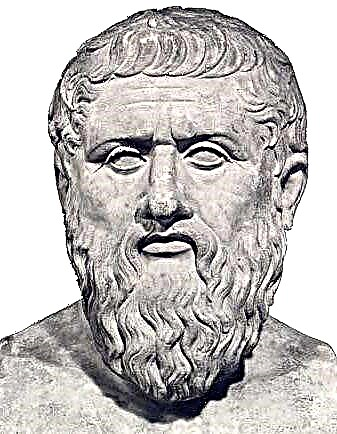The Parthenon temple barely survived to the present time, and, despite the fact that the initial appearance of the building was much grander, today it is considered an example of ancient beauty. This is the main attraction in Greece and worth visiting when traveling around the country. The ancient world was famous for its massive buildings, but this one can really surprise.
Construction of the Parthenon temple
In the south of the Acropolis in Athens, an ancient temple rises, which praises the goddess of wisdom, revered for many centuries by the inhabitants of Hellas. Historians believe that the beginning of construction dates back to 447-446. BC e. There is no exact information about this, since the chronology of the ancient world and contemporaries is different. In Greece, the beginning was considered the day of the summer solstice.
Before the construction of the great temple in honor of the goddess Athena, various cultural buildings were erected on this site, but none have survived to this day, and only the Parthenon, albeit in part, still stands on the top of the hill. The project of the future architectural heritage was developed by Iktin, and Kallikrates was engaged in its implementation.
The work on the temple took about six years. The Parthenon owes its unusual decoration to the ancient Greek sculptor Phidias, who between 438 and 437. installed a statue of Athena, covered in gold. Each resident of those times knew to whom the temple was dedicated, since in the era of Ancient Greece the gods were revered, and it was the goddess of wisdom, war, arts and crafts that often found herself at the top of the pedestal.
The uneasy history of a great building
Later in the III century. Athens was captured by Alexander the Great, but the temple was not damaged. Moreover, the great ruler ordered the installation of a series of shields to protect the great creation of architecture, and presented the armor of the Persian warriors as a gift. True, not all conquerors were so merciful to the creation of the Greek masters. After the conquest of the Herul tribe, a fire broke out in the Parthenon, as a result of which part of the roof was destroyed, and fittings and ceilings were damaged. Since then, no large-scale restoration work has been carried out.
During the period of the Crusades, the Parthenon temple became a source of strife, as the Christian church tried by all means to eradicate paganism from the inhabitants of Hellas. Around the 3rd century, the statue of Athena Parthenos disappeared without a trace; in the 6th century, the Parthenon was renamed the Cathedral of the Most Holy Theotokos. Since the beginning of the 13th century, the once great pagan temple became part of the Catholic Church, its name was often changed, but no significant changes were made.
We advise you to read about the Abu Simbel temple.

In 1458, Christianity was replaced by Islam as Athens was invaded by the Ottoman Empire. Despite the fact that Mehmet II admired the Acropolis and the Parthenon in particular, this did not prevent him from placing military garrisons on its territory. During hostilities, the building was often shelled, which is why the already destroyed building fell into even greater decay.
Only in 1832 Athens became part of Greece again, and two years later the Parthenon was proclaimed an ancient heritage. From this period, the main structure of the Acropolis began to be restored literally bit by bit. During archaeological excavations, scientists tried to find parts of the Parthenon and restore it into a single whole while preserving the architectural features.
Interesting facts about the temple
Pictures of an ancient temple do not seem so unique, but upon closer examination, we can say with confidence that such a creation cannot be found in any city of the Ancient World. Surprisingly, during the construction, special design methods were applied that create visual illusions. For example:
- the columns are tilted in different directions depending on their location in order to visually appear straight;
- the diameter of the columns differs depending on the position;
- the stylobate rises towards the center.

Due to the fact that the Parthenon temple is distinguished by its unusual architecture, they often tried to copy it in different countries around the world. If you are wondering where similar architecture is located, it is worth visiting Germany, the USA or Japan. Photos of replicas are impressive by the similarity, but they are not able to convey true greatness.









